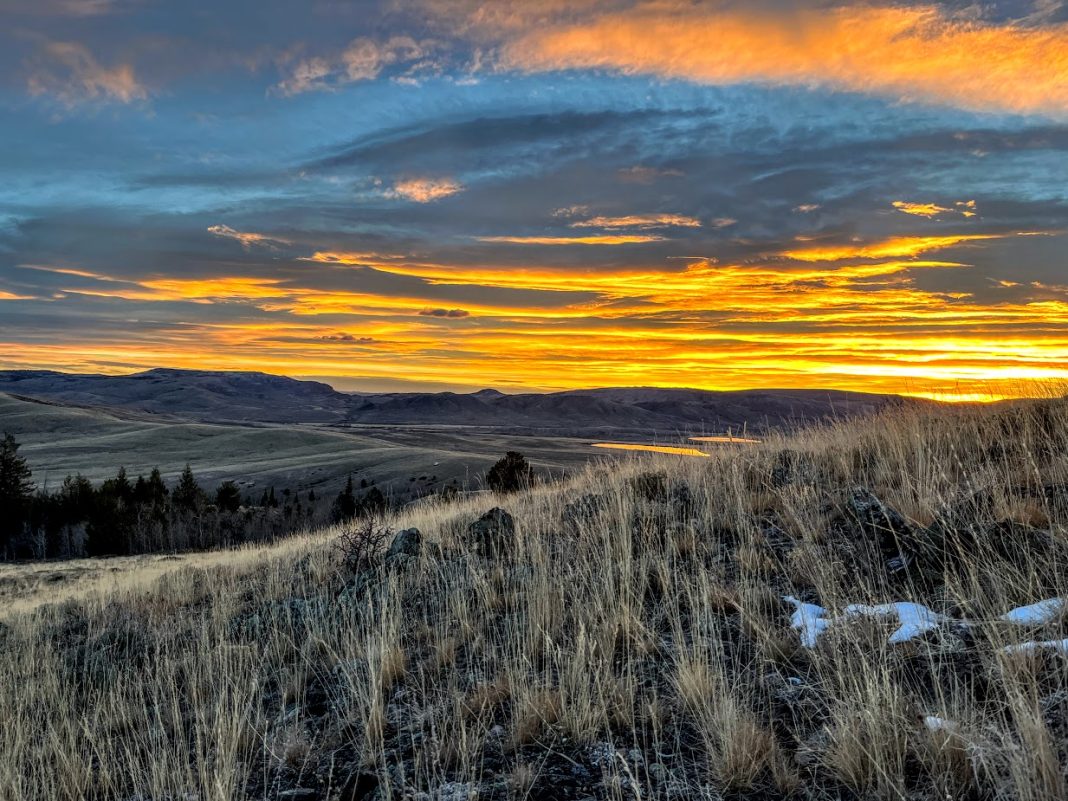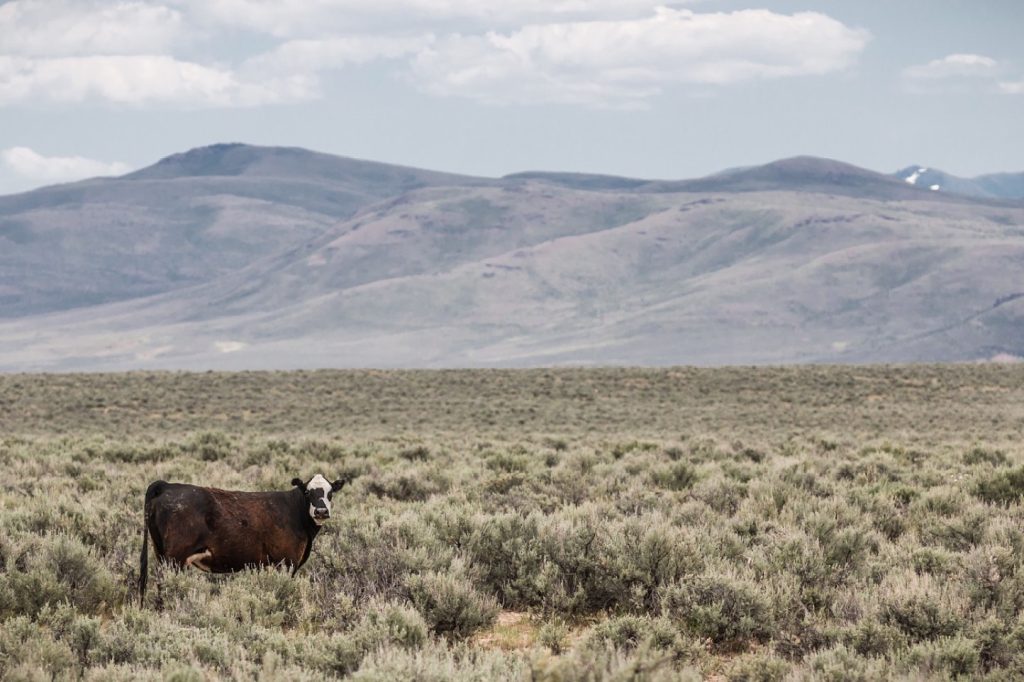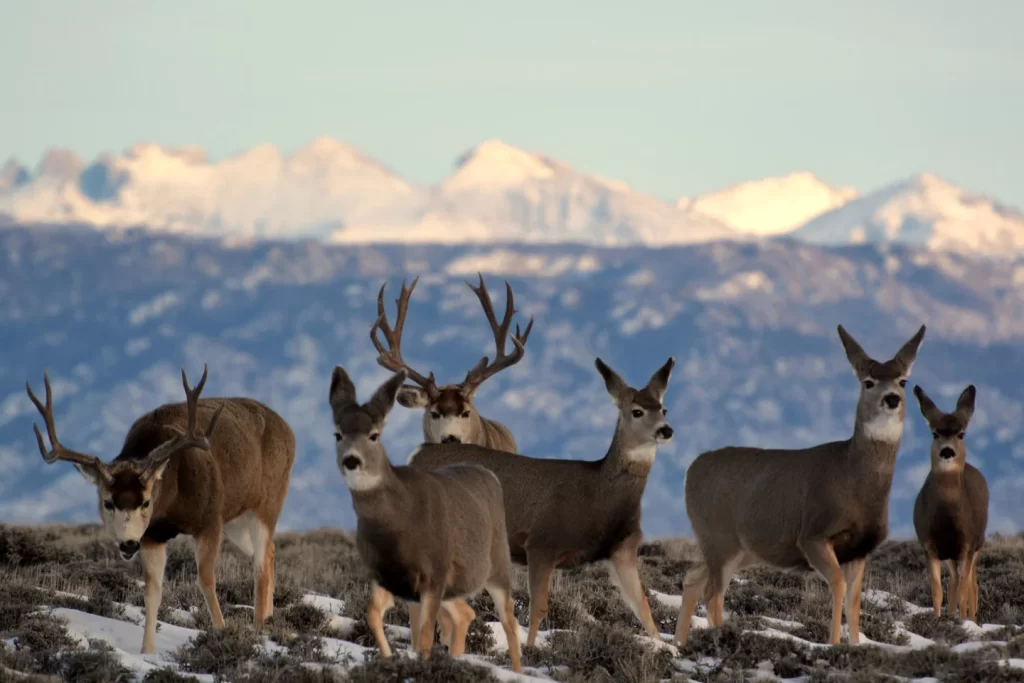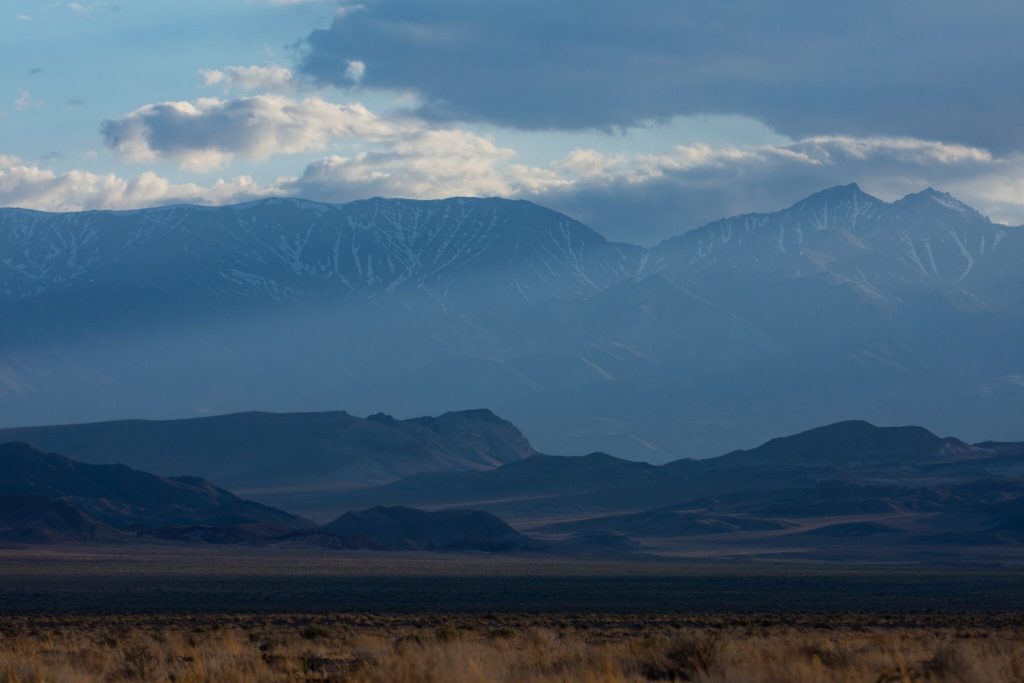BLM Rule Change
The Bureau of Land Management (BLM) has proposed a groundbreaking new rule that could fundamentally transform the management approach for its vast 245 million acres of land.
This BLM rule change aims to elevate the significance of conservation and restoration activities, placing them on equal footing with other land uses. It provides a comprehensive framework for addressing critical issues such as drought, wildfires, climate change, development, and degraded habitat that affect BLM lands.
In a statement, BLM Director Tracy Stone-Manning emphasized the imperative of protecting public lands for future generations. The proposed Public Lands Rule offers a clear path for the BLM to prioritize the health and well-being of the landscapes it manages. The goal is to ensure that decisions made today leave the public lands in an improved condition for future enjoyment.
The BLM’s Mission
It is worth noting that the BLM operates under a multiple-use mission, as outlined by the Federal Land Policy and Management Act of 1976. This mission requires the agency to strike a balance among various activities, including recreation (such as hunting, fishing, trapping, and shooting), mining, timber harvest, grazing, and more. The BLM is not only responsible for enabling these uses in the present but also for preserving them for future generations.
The proposed rule seeks to expand the list of recognized “uses” to include conservation. It clarifies that conservation holds equal importance to other land uses, debunking any notion of prioritizing one over the other. According to a draft of the rule, conservation is intended to be on par with other uses, fostering a balanced and sustainable approach.
Under the proposed policy, conservation organizations or individuals would have the opportunity to lease BLM land, similar to livestock grazers. However, these lessees would have the flexibility to focus on conserving or restoring the land rather than being obligated to activities such as grazing livestock or extracting natural resources. The intent is to offer alternative options that align with conservation objectives.
What This Means
If the rule comes into effect, the BLM will identify rangelands that require restoration work and offer leases with a duration of no more than ten years. Additionally, mining or timber companies could purchase these conservation leases to offset their impact on the landscape as a condition for permit approval. This provision aims to encourage collaboration and ensure responsible land management practices.
The proposed rule has garnered support from several conservation and sportsmen’s groups. Joel Webster, VP of western conservation at the Theodore Roosevelt Conservation Partnership, expressed appreciation for the opportunity to engage in the process and highlighted the potential of the Conservation and Landscape Health Rule to address challenges posed by drought, wildfires, and invasive species on BLM lands.
Land Tawney, President and CEO of Backcountry Hunters and Anglers, emphasized that the proposed framework equips BLM managers with the tools they need to maintain intact and resilient landscapes. Tawney also emphasized the importance of active management prescriptions to combat invasive species and restore lands and waters through conservation leasing, a valuable but underutilized tool that fosters collaboration with local communities and non-governmental organizations.
Opposition
However, not everyone supports the proposed rule. Critics argue that it falls short in adequately protecting public lands or suggest that it represents an overreach by the Biden administration. Randi Spivak, public lands policy director at the Center for Biological Diversity, expressed disappointment, comparing the draft rule to “rearranging deck chairs on the Titanic.” Spivak called for more substantial measures to address the extinction and climate crises on public lands, urging the agency to address issues such as destructive mining, fossil fuel extraction, and grazing.
North Dakota Senator Kevin Cramer voiced opposition, accusing the Biden administration of exceeding its statutory authority. He claimed that the proposal introduces a completely new standard for BLM public lands without additional authorization from Congress. Cramer argued that the rule could hinder the multiple-use mandate relied upon by ranchers, miners, and energy producers, characterizing it as a restriction disguised as conservation.
Public Opinion
It is important to note that the proposed rule is still in its early stages and far from being finalized. Once the draft is published in the Federal Register, a 75-day comment period will allow stakeholders to provide feedback. The BLM will carefully review the comments and suggestions received during this period, ensuring a comprehensive evaluation of public sentiment. The agency eagerly awaits feedback from the public to help shape and refine the proposal, aligning it with the BLM’s crucial mission of land management and conservation.
If you as a public land owner would like to comment on the new BLM rule change, please click here and voice your opinion. Click here to read more about the BLM and its impact on public land.


















